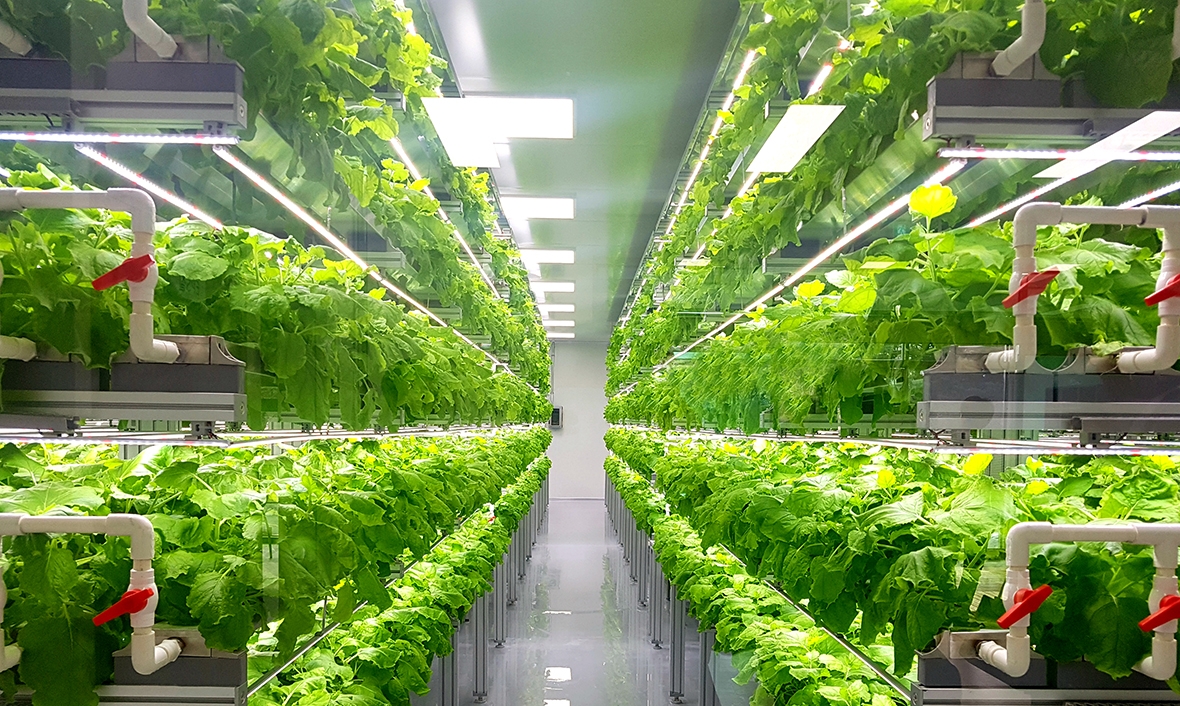Horticultural and agricultural farming techniques have undergone massive changes over the last decade, all due to improvements in technology. It’s amazing that it’s now possible to check your plants remotely using CCTV and use clever tech to adjust humidity levels within greenhouses (we can help with Wi-Fi and CCTV too).
Rapid improvements in LED technology has also had a major impact, providing indoor growers with opportunities that were unavailable a few years ago.
Low heat output
LED lights produce very little heat, meaning that producers are able to increase light intensity by reducing the distance between light sources and plants. Previously this would have been impossible with large broadband light systems.
Traditional lighting systems transfer around 90% of the energy they use into heat; because LED fittings emit next to no heat, they are also far more energy efficient, greatly reducing production costs.
More control over temperature
Correct temperature control is vital for any indoor growing space to achieve a successful yield. Traditional light sources throw out a huge amount of heat, making temperature control more difficult and increasing the need to install intricate ventilation, air conditioning, and circulation systems.
Installing an LED lighting system removes the need to install a separate venting system, because they run cool. This eliminates an aspect that would have traditionally been monitored in an indoor growing environment and reduces energy and labour costs.
Reduced ventilation and CO2
The increased ventilation required for traditional broadband lighting systems has usually meant that growers have had to pump extra CO2 into their growing spaces. This is because the fans that are used move the CO2 around, making it more difficult for plants to photosynthesise. Reducing heat sources and the need for extra ventilation reduces the need to supplement the plants with more CO2.
Improve light intensity
LEDs are small, extremely versatile, and emit no heat, so they are ideal for providing extra boosts of light to plants. More light, provides more photons, improving photosynthesis and boosting plants’ performance.
Additionally, LED systems can be tailored to replicate different types of light, from naturally cool light, to warmer tones, ensuring that horticulturalists can create a premium growing space.

